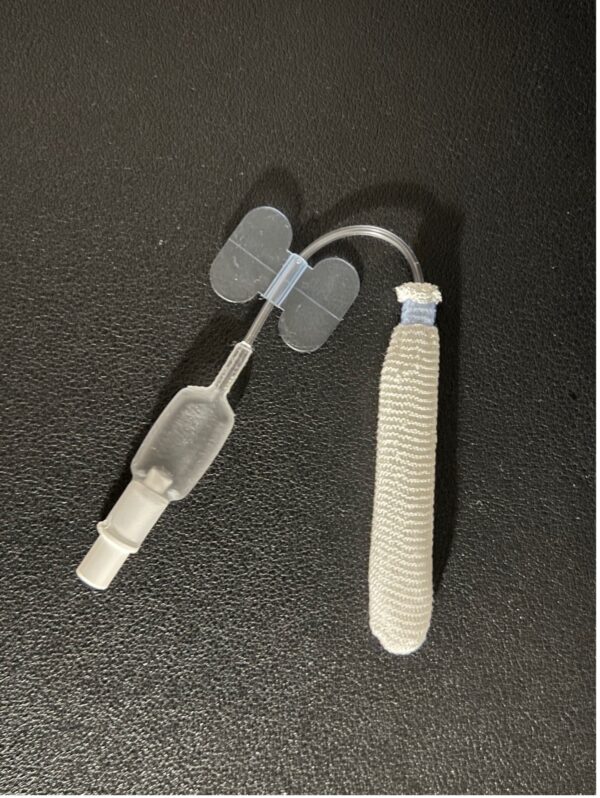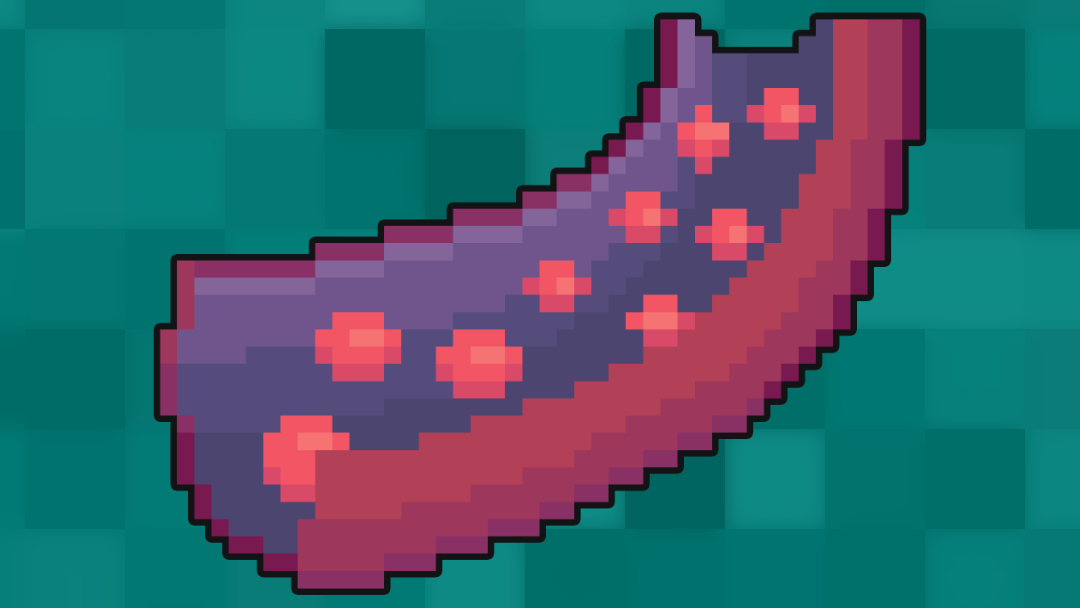- 📖 Geeky Medics OSCE Book
- ⚡ Geeky Medics Bundles
- ✨ 1300+ OSCE Stations
- ✅ OSCE Checklist PDF Booklet
- 🧠 UKMLA AKT Question Bank
- 💊 PSA Question Bank
- 💉 Clinical Skills App
- 🗂️ Flashcard Collections | OSCE, Medicine, Surgery, Anatomy
- 💬 SCA Cases for MRCGP
To be the first to know about our latest videos subscribe to our YouTube channel 🙌
This nasal packing guide provides a step-by-step approach to performing anterior nasal packing for epistaxis in an OSCE setting, it is NOT intended to be used to guide patient care.
Indications and risks
Nasal packing is a procedure used in cases of epistaxis that do not resolve with first-aid measures or where nasal cautery has failed or is impossible due to heavy bleeding. Nasal packing is an uncomfortable procedure but is highly effective at stopping bleeding.
There are several recognised potential complications from the procedure:1
- Pain
- Small risk of aspiration and airway obstruction if it is dislodged or positioned incorrectly
- Mucosal injury
- Nasal adhesions
- Nasal septal perforation
- Infection
- Toxic shock syndrome (rare)
Nasal packing can be anterior or posterior. Anterior nasal packing addresses anterior epistaxis from Little’s area (also known as Kiesselbach’s plexus), the most common bleeding source. The nostril from which the bleeding is heaviest is packed first. If this fails, the other nostril is also packed (bilateral anterior packing).
If bilateral anterior packing fails, additional posterior packing can be considered. This would require specialist input from the ENT team and involves inserting a Foley catheter into the nasopharynx and inflating the balloon to tamponade posterior bleeding.2
Gather equipment
Different materials can be used to pack the nose in epistaxis. An inflatable balloon catheter is often used, the most common of which is called Rapid Rhino™. This comes in two lengths, 5.5cm and 7.5cm (which can help if posterior bleeding is suspected). Another example of a packing material is Merocel™. Less commonly, ribbon gauze can also be used.
Gather the appropriate equipment:
- Non-sterile gloves
- Apron
- Equipment tray
- Headlight
- Topical anaesthetic agent
- Cotton ball
- Tilley’s nasal forceps
- Tongue depressor
- Suction equipment
- Nasal packing material (e.g. Rapid Rhino™, Merocel™)
- Sterile water
- 10ml syringe
- Tape

Introduction
Wash your hands and don PPE if appropriate.
Introduce yourself to the patient including your name and role.
Confirm the patient’s name and date of birth.
Briefly explain what the procedure will involve using patient-friendly language: “Today I will be performing nasal packing which is a procedure that involves inserting an inflatable balloon inside the nose to stop your nose bleed. There may be some discomfort when inserting and inflating the balloon, but we will use an anaesthetic spray and painkillers to minimise this.”
Gain consent to proceed with nasal packing.
Check if the patient has any allergies.
Check for any special circumstances which require discussion with a senior clinician:
- Facial trauma
- Head injury with suspected skull-base fracture
- Nasal septal deviation or nasal deformity
Position the patient so that they are sitting upright and are in a comfortable position.
Performing nasal packing
1. Wash your hands and don gloves, an apron and a headlight.
2. If the bleeding allows, apply topical anaesthesia to the nasal cavity with a spray or a local-anaesthetic soaked cotton ball and forceps. Allow a few minutes for the local anaesthetic to work.
3. Using your tongue depressor and headlight, examine the back of the mouth for any clots in the oropharynx. If these are present, consider suction to reduce the risk of dislodging the clot during packing insertion.
4. Remove your packing material from the packaging.
5. If using an inflatable balloon catheter, follow the manufacturer’s instructions to moisten the nasal packing equipment – a Rapid Rhino™ requires you to submerge it in sterile water for 30 seconds to lubricate the surface before insertion.3
6. Insert the inflatable balloon catheter at a horizontal angle following the floor of the nasal cavity until it is fully inserted.
7. Using your syringe, inflate the balloon with 5-10ml of air.
8. Check that the balloon is inflated by testing the pilot cuff, which should also fill with air.
9. Tape the plastic butterfly to the patient’s cheek to secure it.
Cautions
- Do not force the packing if significant resistance is encountered
- Monitor the patient closely after packing, as further packing may be required in the other nostril if bleeding continues
To complete the procedure…
Explain to the patient that the procedure is now complete.
Provide appropriate aftercare advice:4
- Most patients who require nasal packing will be admitted to hospital until it is safe to deflate and remove the packing
- Prescribe a prophylactic antibiotic as there is a risk of infection with the packing in situ (check your hospital guidelines to decide which antibiotics are appropriate)
- Ask the patient to call for help if the packing becomes dislodged or the bleeding restarts
Dispose of PPE appropriately and wash your hands.
Document the details of the procedure, including:
- Any immediate post-procedure concerns or complications
- Medications prescribed
- Ongoing plan for review
Reviewer
Mr Alex North
ENT registrar
References
- Tunkel, D. E., Anne, S., Payne, S. C., Ishman, S. L., Rosenfeld, R. M., Abramson, P. J., … & Monjur, T. M. (2020). Clinical practice guideline: nosebleed (epistaxis). Otolaryngology–Head and Neck Surgery, 162, S1-S38.
- NICE CKS. Epistaxis. Available from: [LINK]
- Rapid Rhino. Product Usage Instructions. Available from: [LINK]
- Seikaly, H. (2021). Epistaxis. New England Journal of Medicine, 384(10), 944-951.




